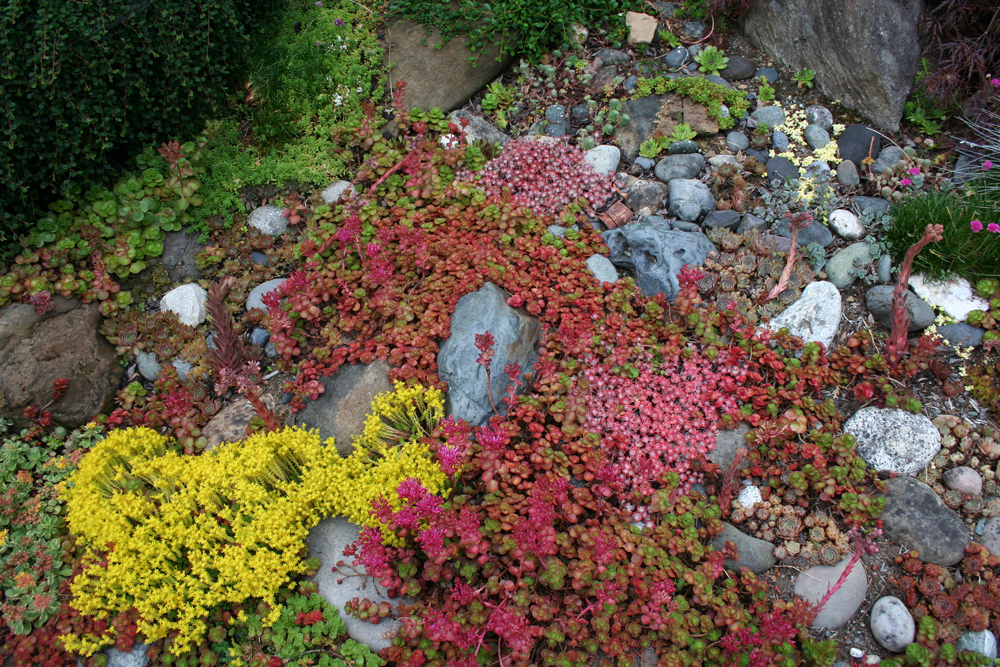Awareness/Education

Water is a precious resource with shared responsibility
There are four ways for accessing water on Hornby Island as an individual:
· Retrieving it from the ground
· Catching it from the air
· Reusing it from a previous purpose
· Purchasing it from a provider (sourced either from on or off-island)
As an island, with no lakes or rivers or snow-capped mountains, the main source of water for Hornby is from drilled and dug wells, along with some rainwater collection. Historically, people viewed the water from their drilled wells with an ownership mindset.
However, groundwater flows freely across property boundaries and is therefore a shared responsibility. People already experience the effect of their neighbour’s actions as water levels can be affected by the pumping of other wells in the immediate vicinity.
Aquifers in BC are classified according to vulnerability. Aquifers on Hornby are unconfined fractured bedrock and are classified as highly vulnerable.
Climate change may have an effect on water. Spring rains may come earlier; fall rains may come later. We may need a diversity of sources to run our homes.
Residential wells are concentrated in the more populated areas and are not evenly distributed throughout the island. There are very few wells in the centre of the island.
The Official Community Plan (OCP) includes references to water throughout and, as such, helps to frame much of the work that may be proposed.
Research has indicated the potential value of “slowing water down” before it flows off the island, in order better to replenish the island’s groundwater, and to lessen the flow of contaminated water due to shallow wells and septic systems.
The relative “value” of land may arise in research. Some properties could be deemed to be higher or lower value based on their ability to produce water, which is frequently mentioned in real estate advertising.
The demographic and economic profile of Hornby shows that its population has a higher median age and a lower median income than the average for other areas of the province. Considerations for the expense of solutions will, of course, be central in prioritizing possible follow-on initiatives. As one water forum participant pointed out: most people won’t spend $15,000 for a water system if their well still produces, but they will spend that if their well runs dry. Septic, 25 years old, people don’t think they have a problem until there is poop on the ground.
Finally, water isn’t just ours; full ecosystems need it, too. Looking to the future, we may want, or need, to be more self-sufficient in food, and this should be a consideration in the water plan. Similarly, there is a concept of a “water budget” that reflects the relationship between input and output of water through a region.
Xeriscaping: beautiful, local and doesn’t get thirsty
It is easy to consider plants that are drought resistant. Increasingly, people realize that it just makes common sense that native plants are suited for our environment and require less watering. Best of all, they’re gorgeous.
Gardening with Native Plants Guide

Do-it-yourself - Yes, you can!
For many people, the thought of the complexity and cost of putting in water systems can be so daunting that they don’t do anything. However, if shown how, there’s quite a bit that can be done without breaking the bank. Over time, we want to include links to DIY brochures and website, and videos of local residents, to show how straightforward it can be.
Rainwater Harvesting Best Practices Guidebook
Drought, Flooding, and Water Level Indicators
One of the ideas raised in the community was to increase awareness by taking a page from the fire department. Although it might seem self-evident in the dry months to be careful with water, a little just-in-time reminder, especially for visitors, can make a difference. A big, bold drought level sign was constructed and put at the entrance to the Gas Bar.

Also, another tactic might be to use the existing little water conservation signs, that exist in a few places along the road, and use them as a strong backing for some kind of “water risk” signs to catch people’s notice as they drive along.)
Keep Toxics Out Of The Septic System
To some degree, what you flush down your toilet only affects yourself. However, in many cases, septic systems leach out and affect the surrounding area, and possibly neighbours, and possibly get to the ocean. Nasty. One of the initiatives we’d like to do is to highlight products available either for purchase locally - or as DIY concoctions - that are easier on the environment and yet get the job done.

Local Differences on Hornby
Recognizing successes...
While climate change can seem all gloom and doom, there are some pretty cool examples of things Hornby folks have done.
For example, the Whaling Station area publishes a brochure on how owners can minimize water usage, especially for vacation home rentals.

The Hornby Gardening Club has people who specialize in xeriscaping (the conservation of water through creative landscaping).

Test results for Hornby
Highlighting test results.
What gets measured gets managed - so the saying goes. Many people will say things like, “Hornby doesn’t have a water problem, it has a water storage problem.” Maybe yes, maybe no. Maybe it depends on the area and the time of year. A critical part of water stewardship is getting as many facts on the table as possible so that it focuses attention on proven issues rather than gut-feel debates.
School kids and summer visitors
It has been noticed that summer speaker sessions covering the topic of water attract full houses of attendees. Go figure. People know it’s an important topic and drink it up. We intend to host more of these sessions to continually raise awareness.
Grown-ups are one thing, kids are another. In the past, involving the school children has really driven the message home to them how important water is to all of us. Then, they take that message home and everyone knows how compelling kids are when they’re on a campaign.

Hornby Island Water Plan and Discussion Paper
The creation of this website and its various sections came from a community process in 2016, with partial funding from HICEEC, documented in the following:
Hornby Island Water Plan Discussion Paper
Hornby Island Water Plan Final

